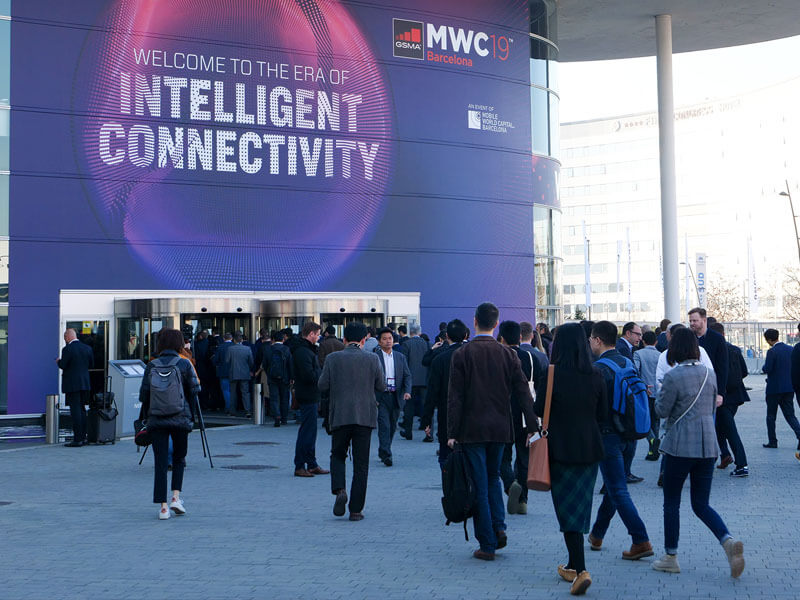With 5G Deployments Advancing Rapidly, Operators Share Plans for Dealing with Increasing Densification, Higher Energy Consumption
Manila [May 7, 2019] – Vertiv, together with technology analyst firm 451 Research, today released the report on the state of 5G, “Telco Study Reveals Industry Hopes and Fears: From Energy Costs to Edge Computing Transformation.” The report captures the results of an in-depth survey of more than 100 global telecom decision makers with visibility into 5G and edge strategies and plans. The research covers 5G deployment plans, services supported by early deployments, and the most important technical enablers for 5G success.
Survey participants were overwhelmingly optimistic about the 5G business outlook and are moving forward aggressively with deployment plans. Twelve percent of operators expect to roll out 5G services in 2019, and an additional 86 percent expect to be delivering 5G services by 2021.
According to the survey, those initial services will be focused on supporting existing data services (96 percent) and new consumer services (36 percent). About one-third of respondents (32 percent) expect to support existing enterprise services with 18 percent saying they expect to deliver new enterprise services.
As networks continue to evolve and coverage expands, 5G itself will become a key enabler of emerging edge use cases that require high-bandwidth, low latency data transmission, such as virtual and augmented reality, digital healthcare, and smart homes, buildings, factories and cities.
However, illustrating the scale of the challenge, the majority of respondents (68 percent) do not expect to achieve total 5G coverage until 2028 or later. Twenty-eight percent expect to have total coverage by 2027 while only 4 percent expect to have total coverage by 2025.
“In Asia, operators are optimistic that they are ready to deploy 5G in the next few years. But with the growing reality comes a new set of challenges including increasing energy consumption, existing infrastructure readiness and visibility as well as manageability of sites" said Danny Wong, senior director for telecoms at Vertiv Asia. “There is all the more a pressing need for telecom operators to identify and utilize energy-efficient and innovative power and thermal – solutions to make 5G a reality.”
To support 5G services, telcos are ramping up the deployment of multi-access edge computing (MEC) sites, which bring the capabilities of the cloud directly to the radio access network. Thirty-seven percent of respondents said they are already deploying MEC infrastructure ahead of 5G deployments while an additional 47 percent intend to deploy MECs.
As these new computing locations supporting 5G come online, the ability to remotely monitor and manage increasingly dense networks becomes more critical to maintaining profitability. In the area of remote management, data center infrastructure management (DCIM) was identified as the most important enabler (55 percent), followed by energy management (49 percent). Remote management will be critical, as the report suggests the network densification required for 5G could require operators to double the number of radio access locations around the globe in the next 10-15 years.
The survey also asked respondents to identify their plans for dealing with energy issues today and five years in the future when large portions of the network will be supporting 5G, which 94 percent of participants expect to increase network energy consumption. Among the key findings:
- Reducing AC to DC conversions will continue to be an area of emphasis, with 79 percent of respondents saying this is a focus today and 85 percent saying it will be a focus five years from now.
- New cooling techniques will see the biggest jump in adoption over the next five years. Currently being used by 43 percent of telcos worldwide, this number is expected to increase to 73 percent in five years.
- Upgrades from VRLA to lithium-ion batteries also show significant growth. Currently, 66 percent of telcos are upgrading their batteries. Five years from now, that number is projected to jump to 81 percent.
“5G represents the most impactful and difficult network upgrade ever faced by the telecom industry,” said Brian Partridge, research vice president for 451 Research. “In general, the industry recognizes the scale of this challenge and the need for enabling technologies and services to help it maintain profitability by more efficiently managing increasingly distributed networks and mitigating the impact of higher energy costs.”
Vertiv released the report in conjunction with its participation in Dell Technologies World, a global exposition focused on digital transformation. During the expo, Vertiv is also showcasing a virtual reality (VR) experience that lets users build a sample 3D model data center and interact with their creations through a VR system.
For the full report visit Vertiv.com/5Greport, and visit Vertiv.com for information about infrastructure support solutions.
About Vertiv
Vertiv brings together hardware, software, analytics and ongoing services to ensure its customers’ vital applications run continuously, perform optimally and grow with their business needs. Vertiv solves the most important challenges facing today’s data centers, communication networks and commercial and industrial facilities with a portfolio of power, cooling and IT infrastructure solutions and services that extends from the cloud to the edge of the network. Headquartered in Columbus, Ohio, USA, Vertiv employs around 20,000 people and does business in more than 130 countries. For more information, and for the latest news and content from Vertiv, visit Vertiv.com.
CONTACT
Katrina Tirante
T +6326203600 Ext 7666
E Katrina.Tirante@vertivco.com
Reinier Dungca
T +6326203600 Ext 7657
E Reinier.Dungca@vertivco.com






